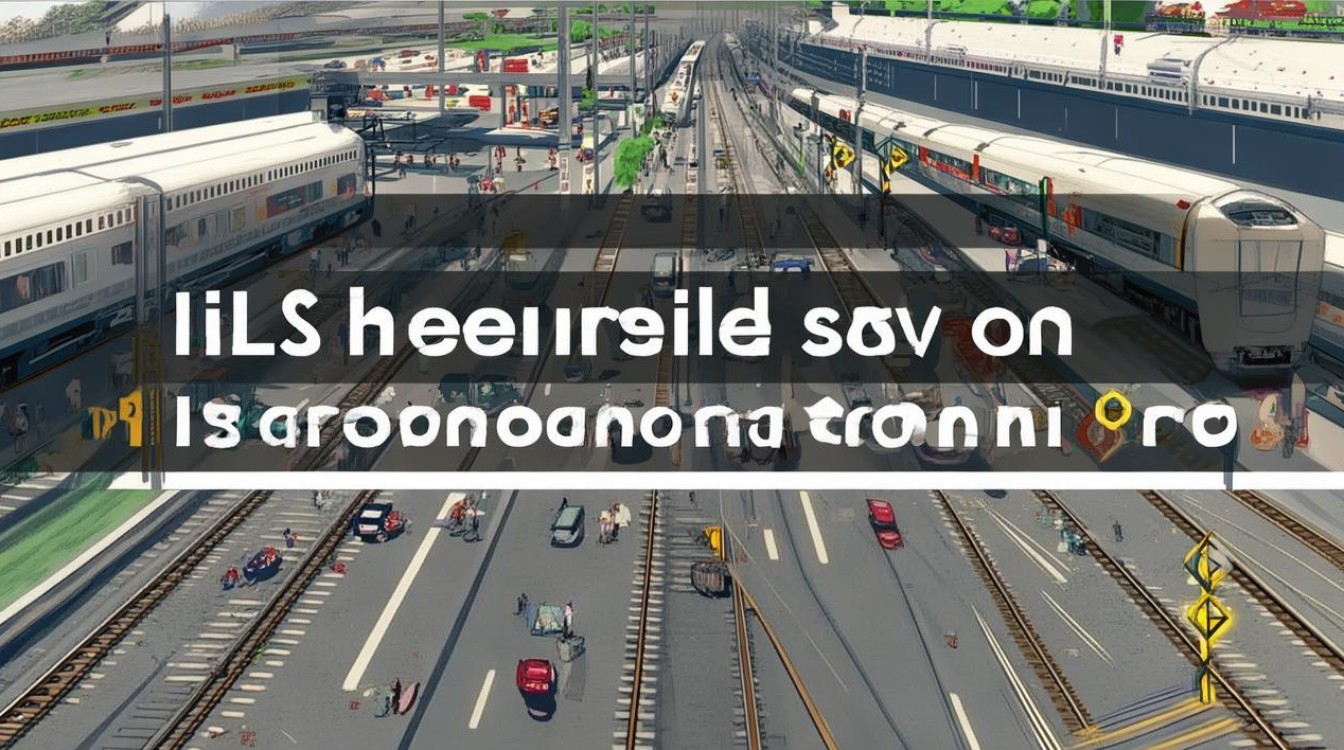雅思大作文交通类话题高分写作指南
在雅思写作考试中,交通类话题是常见的社会议题之一,涉及城市规划、环境保护、公共政策等多个方面,许多考生在面对这类题目时,容易陷入泛泛而谈或论证不足的困境,本文将从审题、结构、论证技巧和语言表达四个方面,帮助考生提升交通类大作文的写作水平。

精准审题:避免跑题的关键
交通类话题通常围绕以下几个核心方向展开:
- 城市交通拥堵的原因及解决方案
- 私家车与公共交通的利弊对比
- 环保出行方式(如自行车、电动汽车)的推广
- 政府政策在交通管理中的作用
例题分析:
"Some people believe that governments should invest more in public transportation rather than expanding roads to reduce traffic congestion. To what extent do you agree or disagree?"
这道题的核心是“政府投资方向”,而非单纯讨论交通拥堵的原因,考生需要明确立场(支持、反对或部分同意),并围绕“公共交通 vs. 道路扩建”的对比展开论证。
常见误区:
- 只分析交通拥堵的原因,忽略题目要求的“投资方向”对比。
- 立场模糊,既赞成投资公交,又认为扩建道路必要,导致论证混乱。
逻辑结构:四段式或五段式的高分框架
引言(Introduction)
- 背景句:简要说明交通问题的普遍性。
- 改写题目:用同义替换避免直接照抄题干。
- 明确立场:清晰表达同意、反对或中立观点。
例句:
"Traffic congestion has become a pressing issue in urban areas worldwide. While some argue that expanding road networks is the most effective solution, I firmly believe that prioritizing public transport investment would yield greater long-term benefits."
主体段1(Main Body 1)
- 主题句:直接点明分论点(如公共交通的环保优势)。
- 论证拓展:结合数据、例子或逻辑推理。
- 对比论证:必要时加入对立观点的反驳。
例句:
"Public transportation systems, such as subways and buses, can significantly reduce carbon emissions. For instance, a single metro train in London carries over 1,000 passengers, equivalent to hundreds of private vehicles. In contrast, road expansion merely encourages more car usage, exacerbating air pollution."
主体段2(Main Body 2)
- 递进或补充论点:如经济效率或社会公平性。
- 具体案例:引用城市成功经验(如新加坡的ERP系统)。
例句:
"Investing in public transport also promotes social equity. Low-income groups, who cannot afford private cars, rely heavily on affordable transit options. Cities like Copenhagen demonstrate how integrated cycling and bus networks improve accessibility for all citizens."
Conclusion)
- 重申立场:换句式总结核心观点。
- 展望建议:提出可行性措施,避免简单重复。
例句:
"In conclusion, redirecting funds toward public transport infrastructure is a sustainable approach to alleviating traffic problems. Governments should simultaneously implement policies like congestion charges to maximize effectiveness."
论证技巧:提升说服力的核心方法
数据与权威支持
- 引用国际组织报告(如WHO、World Bank)增强可信度。
例:"According to the World Health Organization, urban air pollution causes 4.2 million premature deaths annually, largely linked to vehicle emissions."
对比论证
- 横向对比不同城市案例(如东京的密集地铁 vs. 洛杉矶的车依赖)。
- 纵向对比时间维度(如某市修建地铁前后的交通变化)。
因果链分析
避免简单罗列观点,深入挖掘因果逻辑:
"Limited investment in buses → infrequent schedules → passenger frustration → increased car usage → worse congestion."
语言表达:学术性与多样性的平衡
避免口语化表达
- 用“commuters”替代“people who travel”。
- 用“mitigate congestion”替代“reduce traffic jams”。
高分词汇与短语
- 环保类:carbon-neutral, sustainable mobility, low-emission zones
- 政策类:subsidize, levy taxes, infrastructure overhaul
- 问题描述:gridlock, bottleneck, peak-hour chaos
复杂句式的灵活运用
- 条件句:"Unless governments impose stricter regulations, private vehicle ownership will continue to rise."
- 让步句:"Although expanding roads may provide short-term relief, it fails to address the root cause of over-reliance on cars."
常见错误与修正
- 论点重复:
- 原句:"Public transport is good because it is cheap. It also saves money for passengers."
- 修正:"Public transport offers economic benefits by reducing individual commuting costs, while also lowering societal expenses on road maintenance."
- 例证空洞:
- 原句:"Some cities have improved traffic by building subways."
- 修正:"The introduction of the Delhi Metro in 2002 reduced the city’s traffic volume by 30% within a decade, as reported by the Urban Development Ministry."
- 连接词单一:
- 避免过度使用“Firstly, Secondly”,可替换为:
"Primarily... Moreover... Notably..."
交通类话题的写作不仅考验语言能力,更反映考生对社会问题的洞察力,通过精准审题、严谨结构和丰富论证,考生能够展现出符合雅思高分的批判性思维与表达能力,日常练习中,建议多分析范文逻辑,积累权威案例,并针对性地修正自身弱项。











